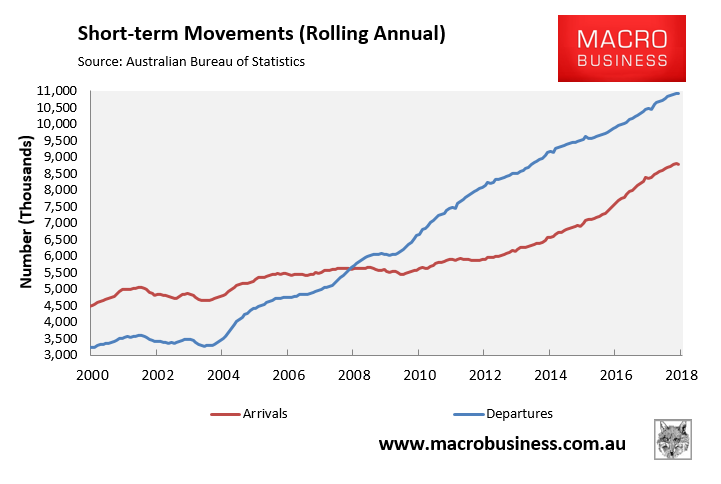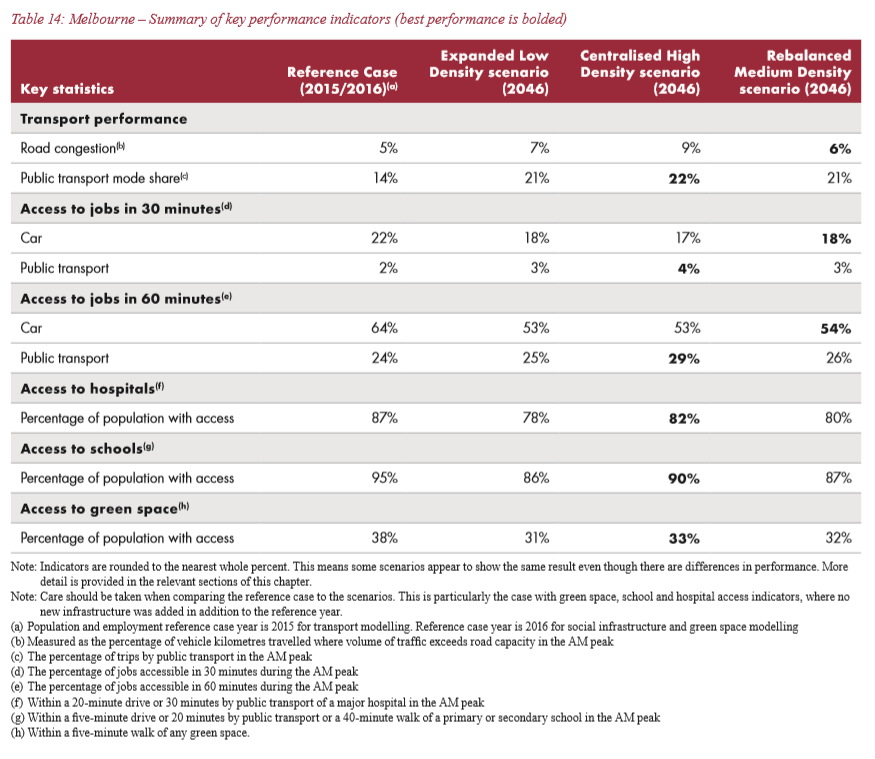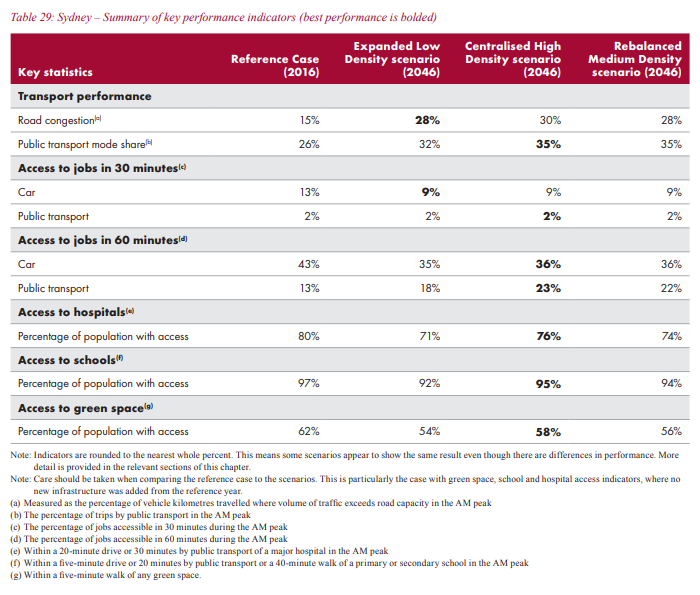Prime Minister Malcolm Turnbull gave an interview late last week on 3AW’s Neil Mitchell program (starting at 7.50 mins) where he tied himself in knots over Australia’s immigration program.
Below are the key exchanges with my analysis:
Neil Mitchell: Is it time for a pause [in the migrant intake] while we workout how big we want to be?
Malcolm Turnbull: The thing that is driving the increase in foreigners in Australia – which is included in this term net overseas migration (NOM) – is foreign students, who are not part of the permanent migration system, and tourists and business visitors.
There are around 200,000 more foreign students in Australia today then there were a few years ago. That is the single biggest driving factor. So if you feel there are more foreigners on the tram – and you can’t get a seat on the tram – that is because of that… they are most likely to be students and visitors.
Malcolm Turnbull is being highly misleading with these statements.
First, tourists and business visitors generally are not included in NOM, since they do not reside in Australia for more than 12 months out of 16 months (i.e. the 12/16 month rule for NOM), whereas students only do if they are here for more than 12 months out of 16 months.
In actual fact, net short-term visitor movements into Australia are negative, thus relieving Australia’s overall population pressures:

Second, the claim that the 200,000 increase in foreign student numbers is to blame for our major cities’ population pressures ignores the fact that the 2016 Census revealed that Australia’s population increased by a whopping 1.9 million people (+8.8%) in the five years to 2016, driven by a 1.3 million increase in new migrants:


Moreover, 86% of migrants (1.11 million) settled in Australia’s cities, versus just 14% (187,000) that settled in Australia regional areas.
The truth of the matter is that it is the permanent migrant intake that is the primary driver of Australia’s population increase since, unlike temporary migrants who must ultimately leave, these migrants stay in the country and often have children, thus continually adding to Australia’s population base.
Back to the interview:
Neil Mitchell: How big should Australia be? Have we got an idea anywhere in government that this is the optimum size and this is what we aim for? And we don’t allow it to get any bigger than that?
Malcolm Turnbull: The migration program. You’ve gotta, you know slice it up into the different components. We have a lot more tourists coming into Australia. And I think we are all in favour of tourism.
Neil Mitchell: Yeah, but I’m talking about permanent population. How big do we want to be?…
Malcolm Turnbull: The size of our population should be that level that enables all of us to have a better and better standard of living.
Neil Mitchell: What is that?
Malcolm Turnbull: Well it depends entirely on the infrastructure.
Neil Mitchell: We have to plan, surely?
Malcolm Turnbull: That’s what we are doing.
Neil Mitchell: So what’s the figure?
Malcolm Turnbull: Neil, it is not a particular figure. The question is, you can have. If you have more people in a particular area, right, and you do what governments all too often do and fail to put in the transport and amenities then there will be congestion and people will be disappointed and unhappy. If, however, you plan ahead, which is what I am doing and this is what the federal government is doing in a way that no previous Prime Minister has done, getting involved and planning ahead, then because you have the infrastructure you can have more people, you can have greater density, and you bring with it greater liveability and amenity.
So, Malcom Turnbull explicitly admits that Australia’s immigration intake “should be that level that enables all of us to have a better and better standard of living” but also admits that “it depends entirely on the infrastructure” and that “governments all too often… fail to put in the transport and amenities” leading to “congestion” and people being “disappointed and unhappy”.
Therefore, by his own admission, Australia’s mass immigration ‘Big Australia’ program is lowering living standards and should be drastically reduced.
Furthermore, Infrastructure Australia’s recent report showed unequivocally that living standards in Sydney and Melbourne – the primary destination for migrants – will be further lowered as each cities’ population balloons to 7.4 million and 7.3 million respectively by 2046, irrespective of whether these cities build up or out. That is, traffic congestion will unambiguously worsen, as will access to jobs, schools, hospitals and green space (see below graphics).


Given mass immigration is a guaranteed recipe for reduced liveability and amenity, again by Malcolm Turnbull’s own criteria, shouldn’t Australia’s immigration program be drastically cut?

